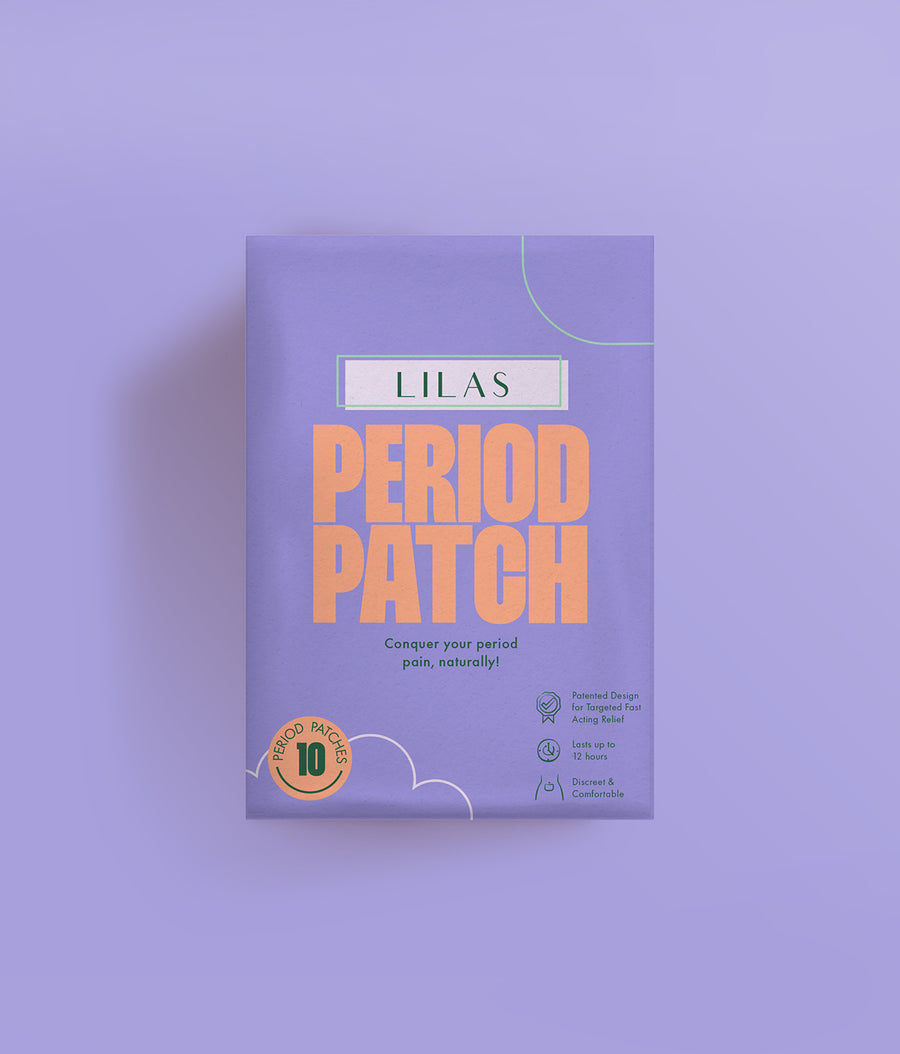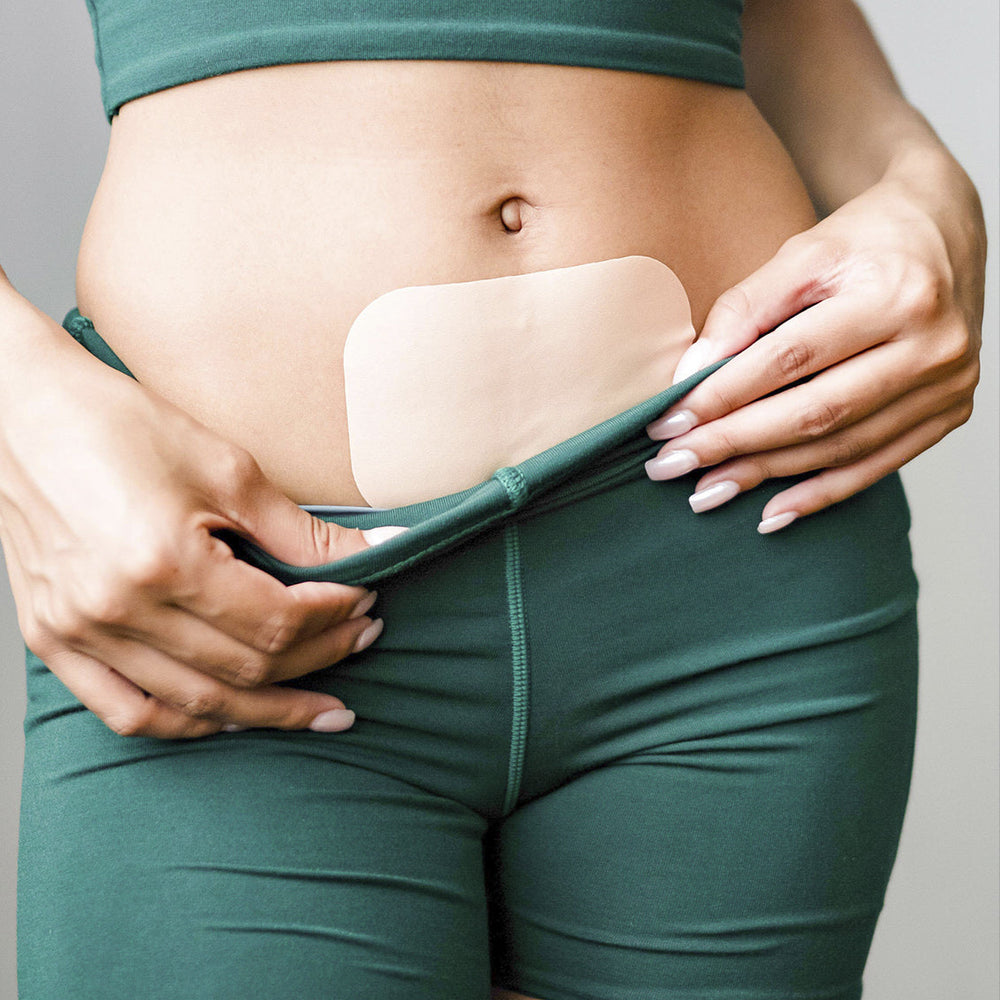Cycle Syncing: Embracing the Hormone Swing
Have you ever wondered why there are certain times when it's easier to stay on task than others? Have you noticed that there are certain times of the month, where your energy levels are notably depleted, or you're experiencing other symptoms surrounding your period? As women, many of us experience these hormonal highs and lows and often make ourselves maintain business as usual to the best of our ability. Well, a functional nutritionist named Alisa Vitti coined and trademarked a comprehensive framework called cycle syncing, which basically involves taking cues from our body's natural hormonal rhythms, to dictate our behaviors.
Many of us are told that our bodies’ hormonal swings are mostly determined by daily, weekly, or seasonal patterns. Daily, also known as circadian, rhythms are often used to explain peaks and drops in our energy levels. However, this 24-hour framework is predominately helpful in understanding how men’s bodies work. Though all these tiers of influence still impact women’s bodies, Vitti notes and a Stanford study indicates that our menstrual cycles (21-28 days) impact our general state of hormonal balance the most. Unsurprisingly, this significant menstrual pattern that is specific to women and other menstruators in hormone regulation has yet to receive the same caliber of consideration as circadian rhythms. In cycle syncing, we are encouraged to be intentional in shaping how we eat, how we exercise, and how we engage in sexual activity to meet our wellness needs over a longer and more nuanced period of time. Our menstrual cycle can be divided into four main phases: the menstrual phase, the follicular phase, the ovulatory phase, and the luteal phase. Within each phase, the cycle syncing framework makes notable recommendations for behavior modification in correlation to which hormones are in flux. Investigating cycle syncing is most beneficial for people who are suffering with polycystic ovarian syndrome (PCOS), are overweight, are overly fatigued, have low libido, or would like to conceive. Here are some of the diet, exercise, and libido suggestions made in cycle syncing for each phase:

Menstrual phase
During the menstrual phase, the endometrium lining is shedding and active bleeding occurs. At this point, estrogen and progesterone levels are naturally low. The shedding process is often really hard on your adrenals. Bearing your adrenals in mind, it's highly encouraged in cycle syncing that we embrace light movements in exercise. In terms of diet, the framework recommends that we drink soothing teas like chamomile and avoid fatty foods, salty foods, alcohol, and caffeine. Also, due to generally feeling bleh, to use a very scientific term, libido is also naturally low during this phase. However, according to 3,500 participants in a Healthline survey, having orgasms minimizes period cramps. Of course, that claim may warrant further investigation.
Follicular phase
In the follicular phase, also known as the pre-egg release phase, estrogen and progesterone are on the rise in preparation for ovulation. Since this preparation tends to coincide with low stamina, the suggested exercise approach is to do mostly light cardio. Because estrogen levels are rising, it is important to eat sprouted and fermented foods that can metabolize estrogen, like broccoli sprouts and kimchi. Again, libido is typically low in this phase.
Ovulatory phase
This is when things get particularly interesting. The ovulatory phase is actually very brief and usually only lasts from one to three days on average. Estrogen levels peak and testosterone and progesterone are on the rise. This means that the body will most likely peak in energy and stamina during this phase. Within cycle syncing, this is the optimal time to pursue high-intensity, circuit-driven workouts like spin classes. In terms of diet, you want to be intentional in supporting your liver by having anti-inflammatory foods like whole fruits, vegetables, and almonds. Also, because this is the opportunity window for an egg to be fertilized, the ovulatory phase is usually when your libido is the highest.
Luteal phase
In the luteal phase, estrogen and progesterone levels start out high, but if the egg isn't fertilized, those levels will notably drop. Due to these fluctuations, you may have lower energy. Light to moderate workouts are advised. Because your body is preparing for another menstrual phase, you want to eat foods that produce serotonin like leafy greens. You also might want to eat magnesium-rich foods like dark chocolate, (which sounds good to me!). In terms of your libido, it drops from its ovulatory state.
As a full disclaimer, there still needs to be further research to verify the empirical effectiveness of cycle syncing. In the meantime, at the very least, the premise of cycle signaling is very inspiring, because it encourages us to be intentional in honoring our bodies’ hormonal rhythms. The idea of putting our bodies first and shaping our routines to meet our wellness needs are definitely things we can embrace as a community. Of course, as you do what is best for you and your wellness journey, continually seek guidance from a medical professional. If you'd like to learn more about cycle syncing specifically, here are some further resources:


Leave a comment